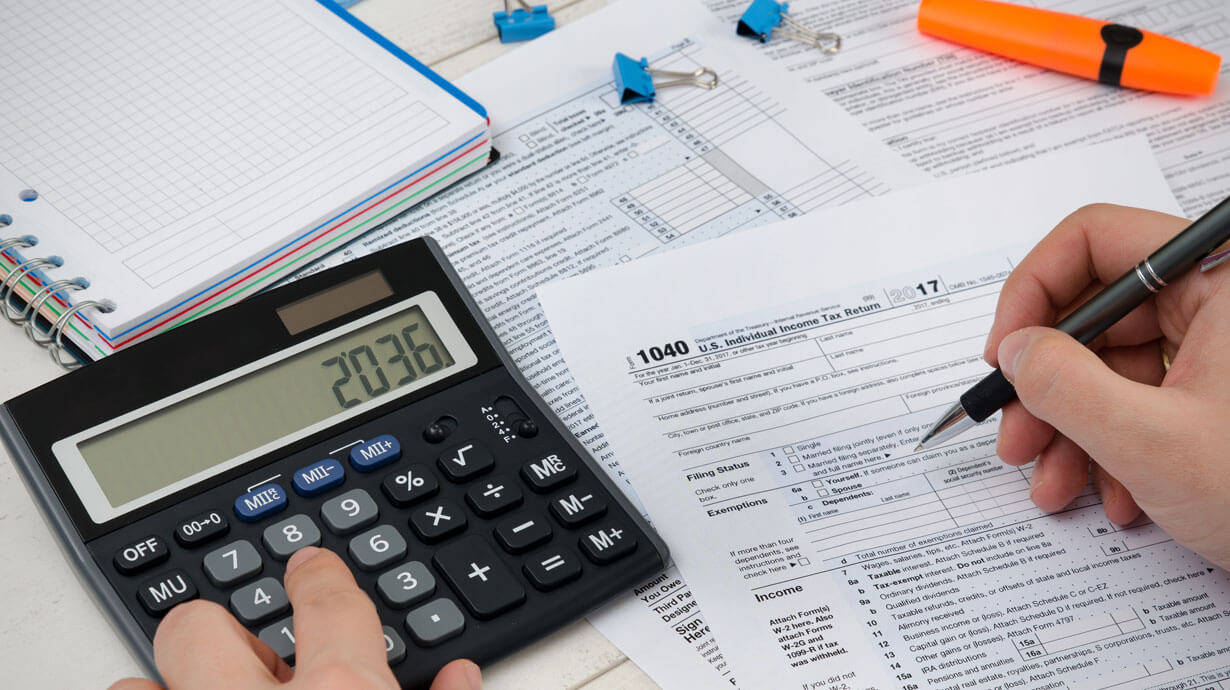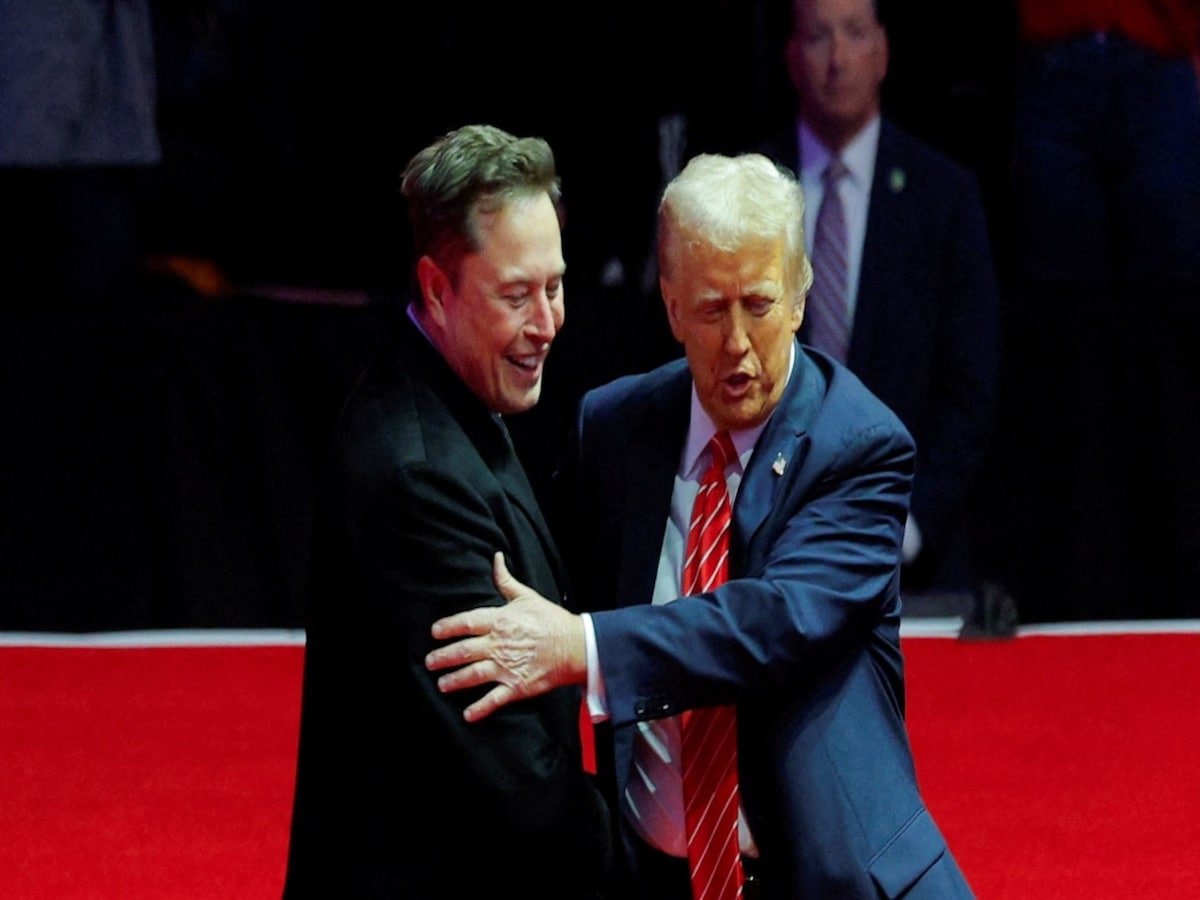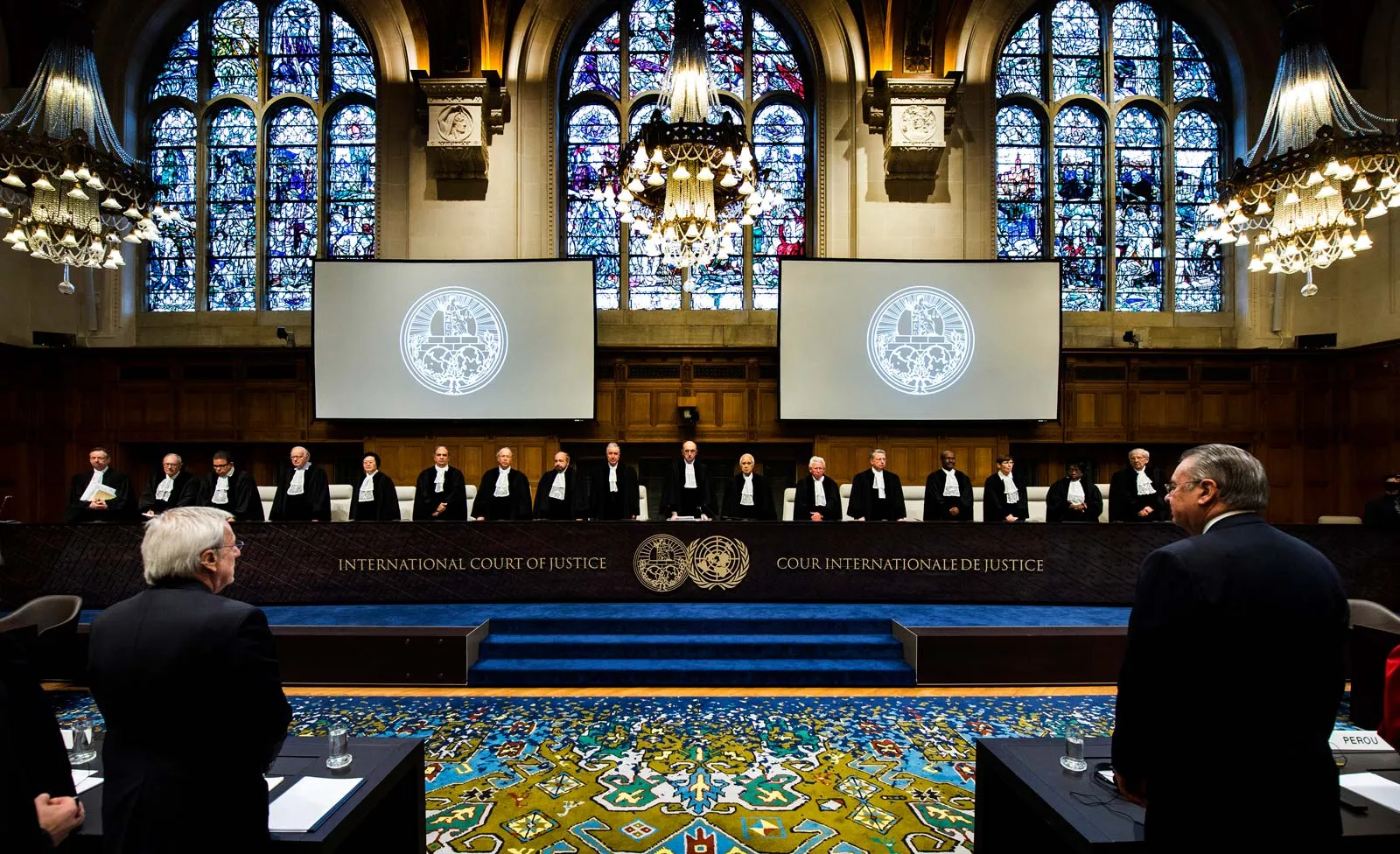In a major decision impacting federal employees, the Ministry of Finance on Friday issued a formal notification approving a 10% Ad Hoc Relief Allowance and a 30% Disparity Reduction Allowance (DRA) for employees working under the federal government. The allowances are effective from July 1, 2025, and will remain in force until further orders.
According to an official memorandum, the 10% Ad Hoc Relief Allowance will apply to all personnel of the Armed Forces, Civil Armed Forces, federal civil employees, civilians paid from the Defence Estimates, and contractual employees serving in civil posts under standard terms and conditions. The allowance is calculated as 10% of their current basic pay.
However, the allowance will come with certain conditions:
It will be subject to income tax.
It will be admissible during all forms of leave and the entire period of Leave Preparatory to Retirement (LPR), except in cases of extraordinary leave.
It will not be counted as part of the employee’s emoluments for pension, gratuity, or house rent recovery purposes.
It will not be payable to employees serving abroad on posting or deputation.
It will be admissible upon repatriation from foreign posting at the rate they would have received had they not been posted abroad.
The definition of “basic pay” for this allowance also includes any personal pay granted due to annual increments exceeding the maximum of the existing pay scale.
The Finance Ministry clarified that this allowance will be funded from within the already approved budget for FY 2025-26 and no supplementary grant will be provided to any ministry or division for this purpose.
In a separate notification, the Finance Ministry also sanctioned a 30% Disparity Reduction Allowance (DRA) for employees in BPS-1 to BPS-22 who are already receiving the DRA under earlier government memorandums issued in February and July 2022. This allowance will be calculated based on the employees’ basic pay as of June 30, 2022.
For employees hired on or after July 1, 2022, the allowance will be granted based on the relevant initial basic pay scale of 2017.
This move aims to address longstanding salary disparities across different government departments and is part of the broader effort to ensure pay equity within the federal workforce. However, employees’ associations have continued to urge the government to introduce more substantial and permanent salary reforms in light of rising inflation and cost of living.
















